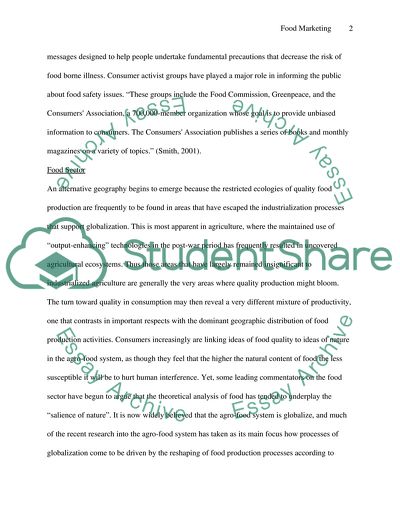Cite this document
(“Food Marketing Essay Example | Topics and Well Written Essays - 5000 words”, n.d.)
Retrieved from https://studentshare.org/marketing/1502762-food-marketing
Retrieved from https://studentshare.org/marketing/1502762-food-marketing
(Food Marketing Essay Example | Topics and Well Written Essays - 5000 Words)
https://studentshare.org/marketing/1502762-food-marketing.
https://studentshare.org/marketing/1502762-food-marketing.
“Food Marketing Essay Example | Topics and Well Written Essays - 5000 Words”, n.d. https://studentshare.org/marketing/1502762-food-marketing.


